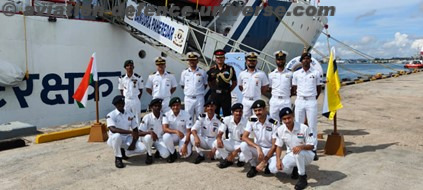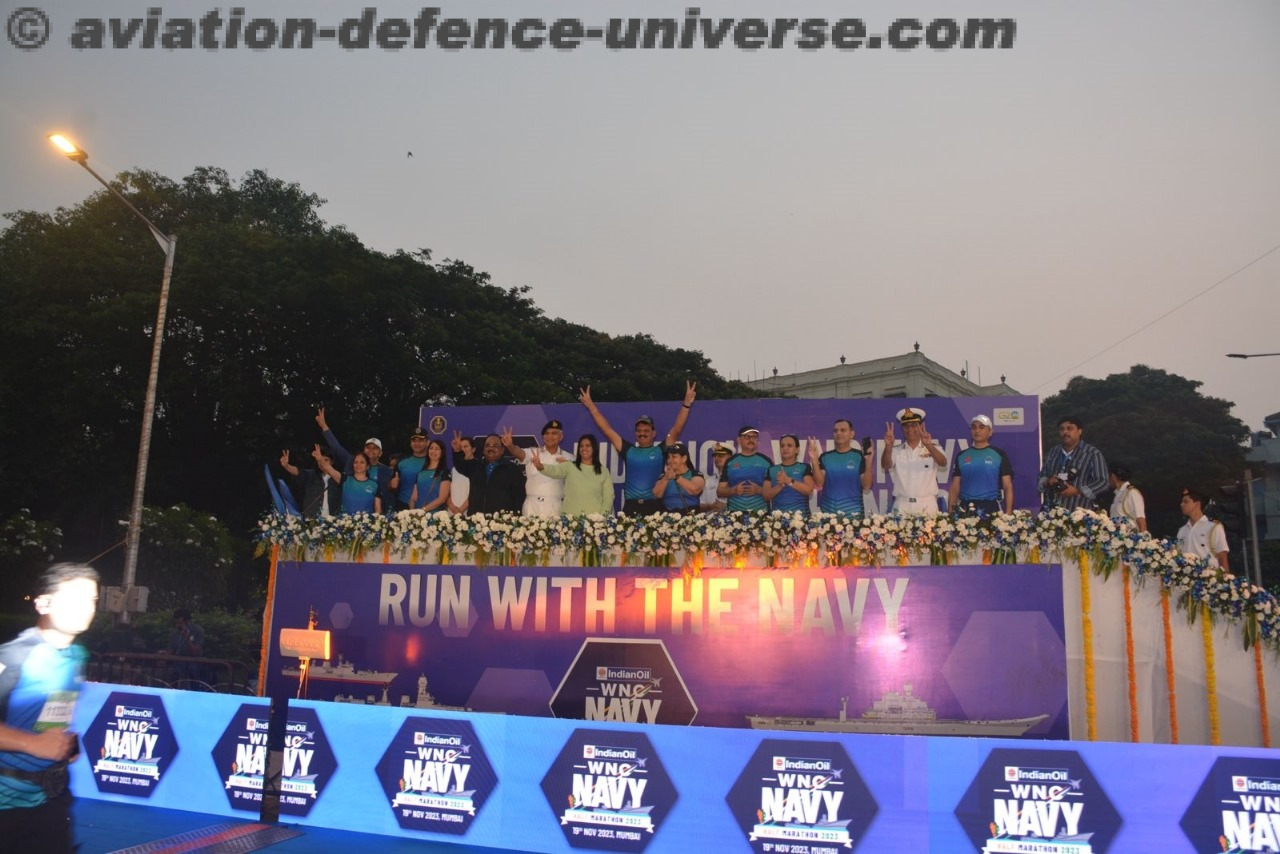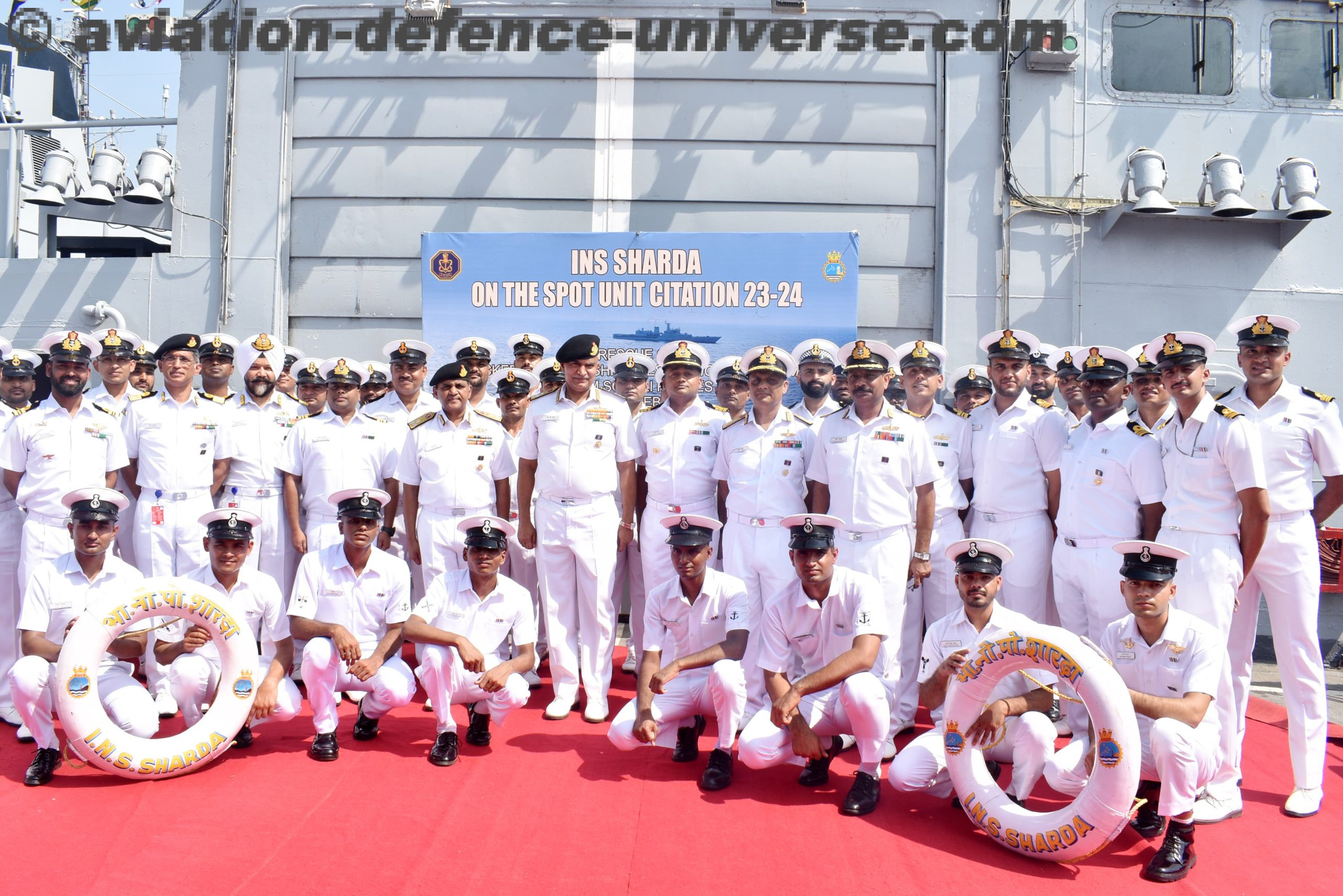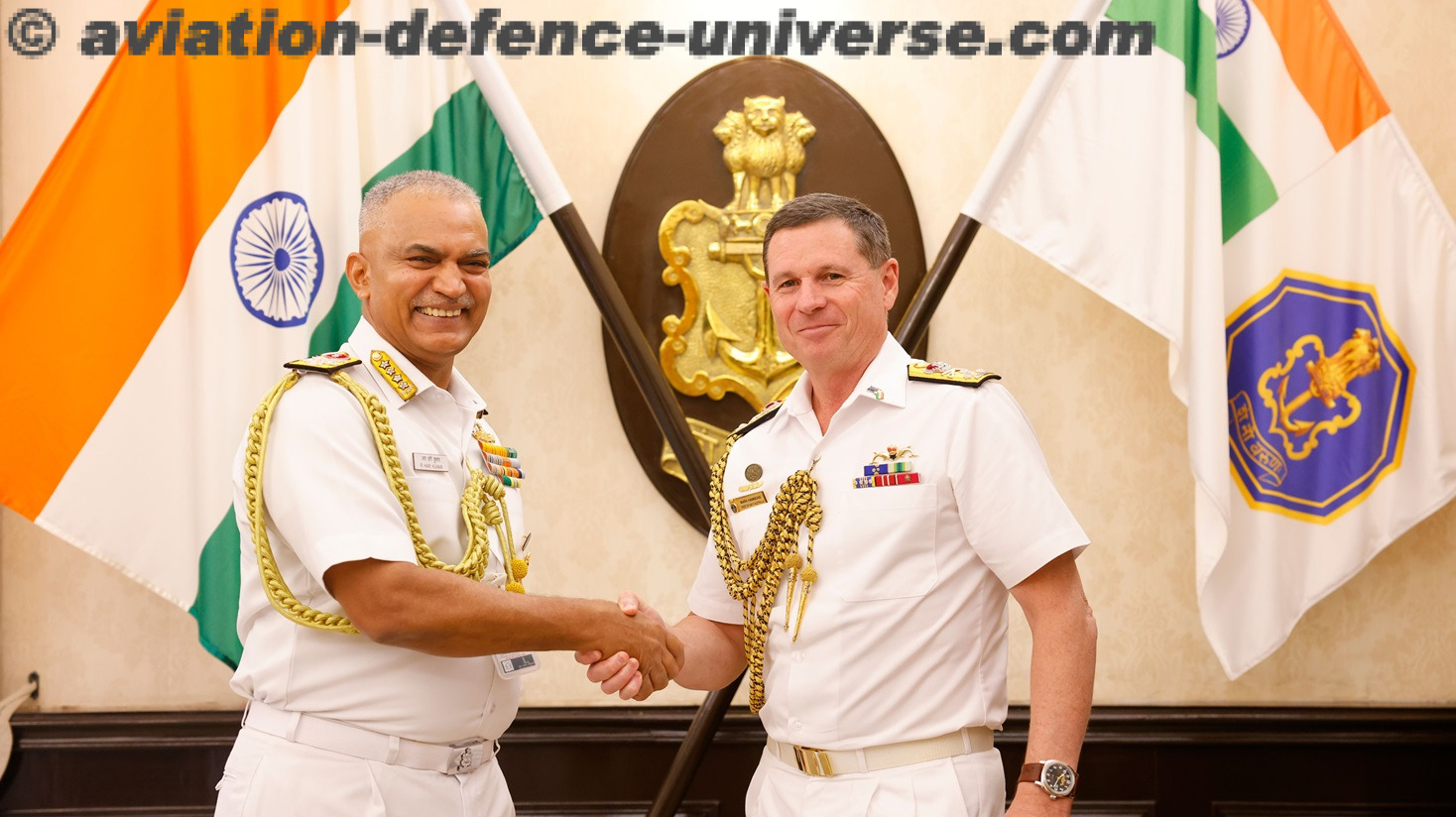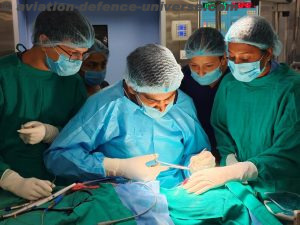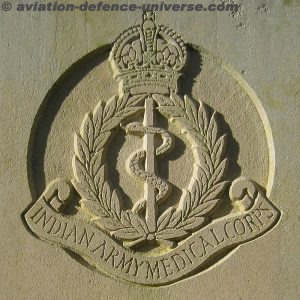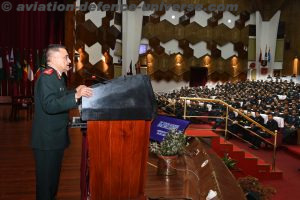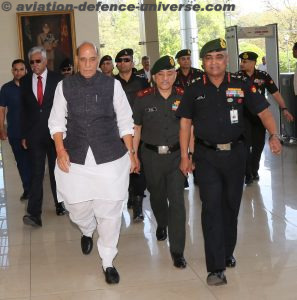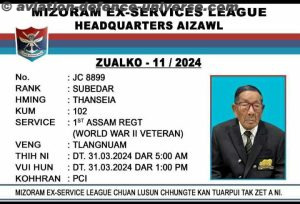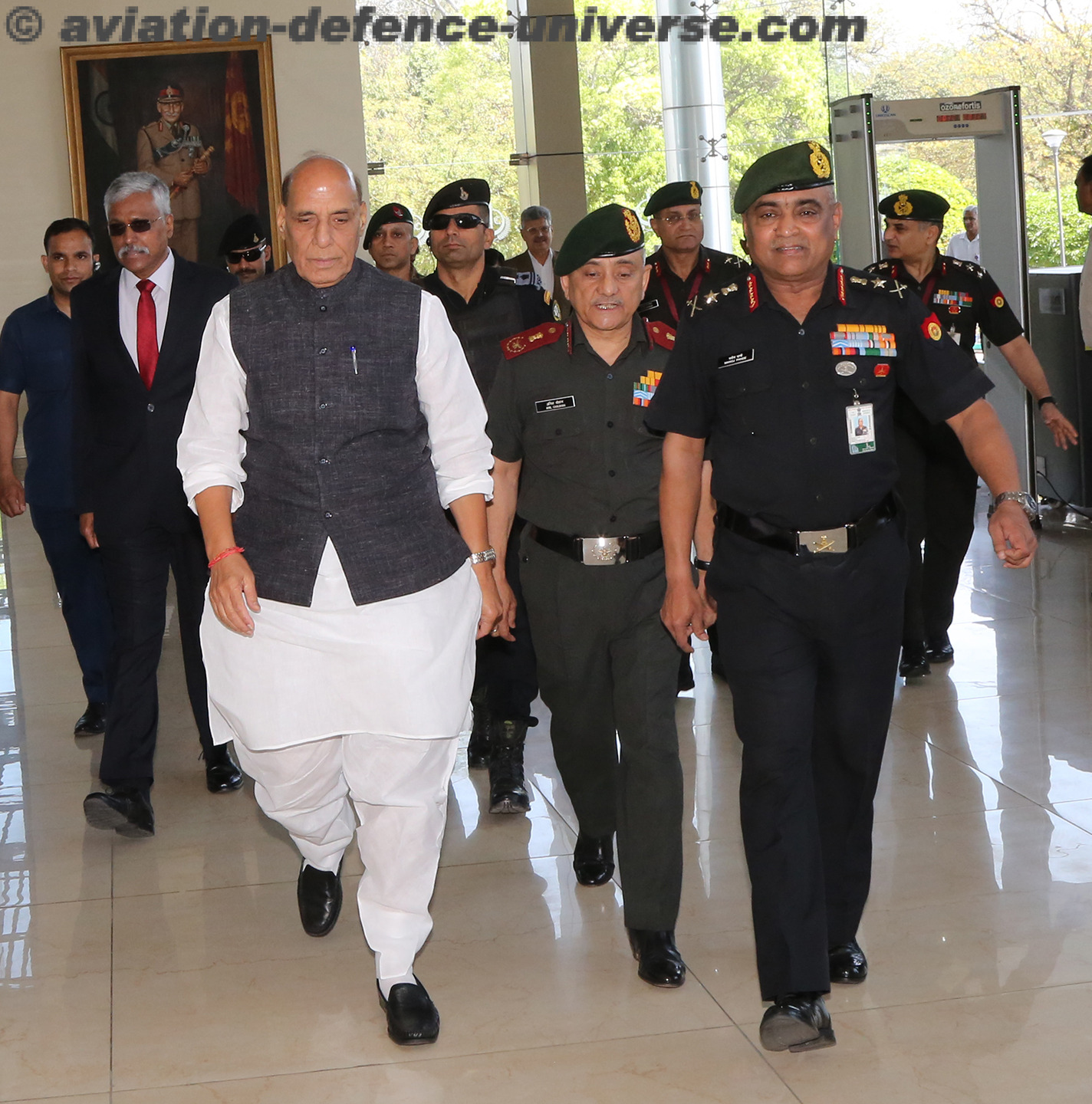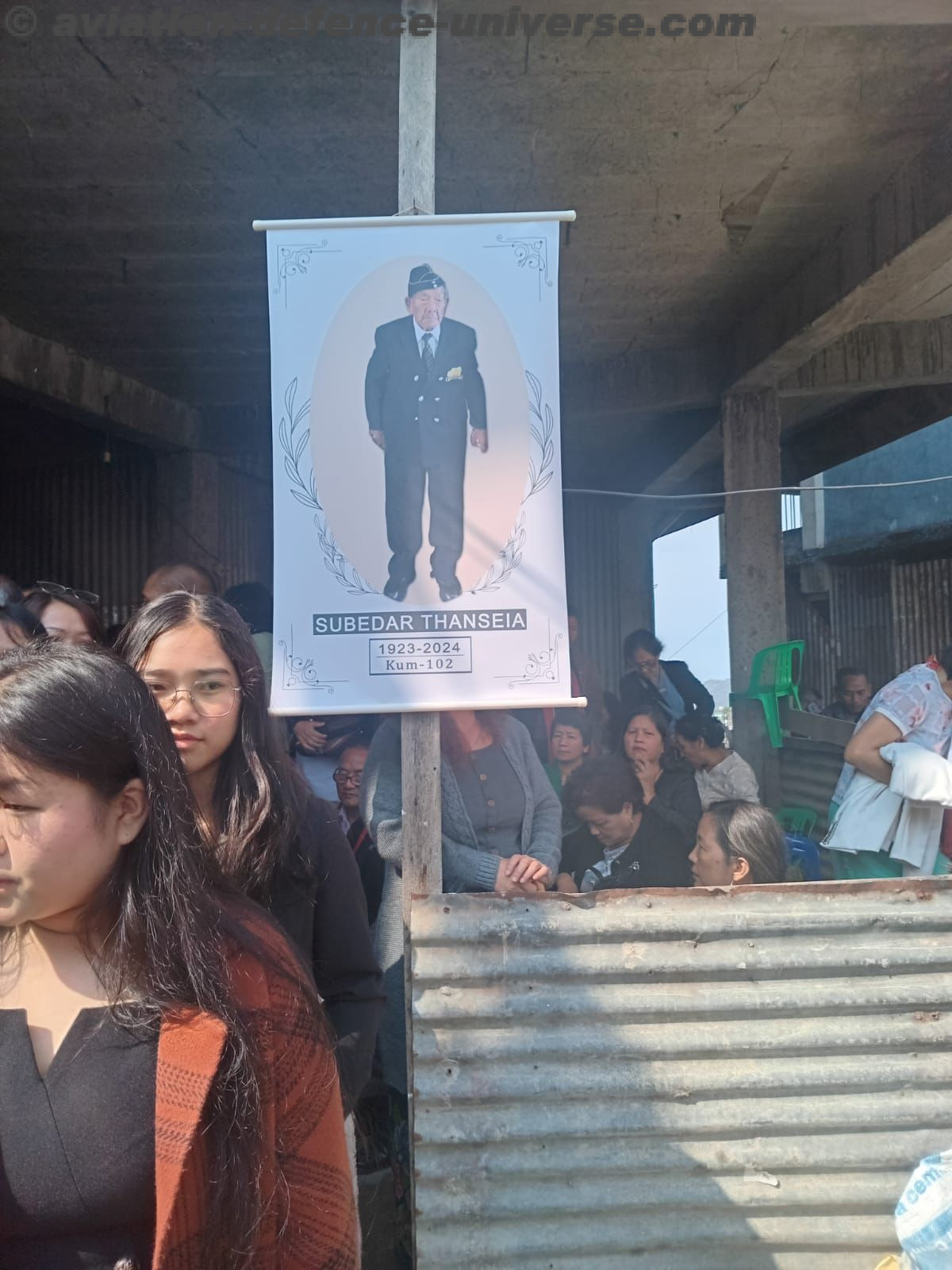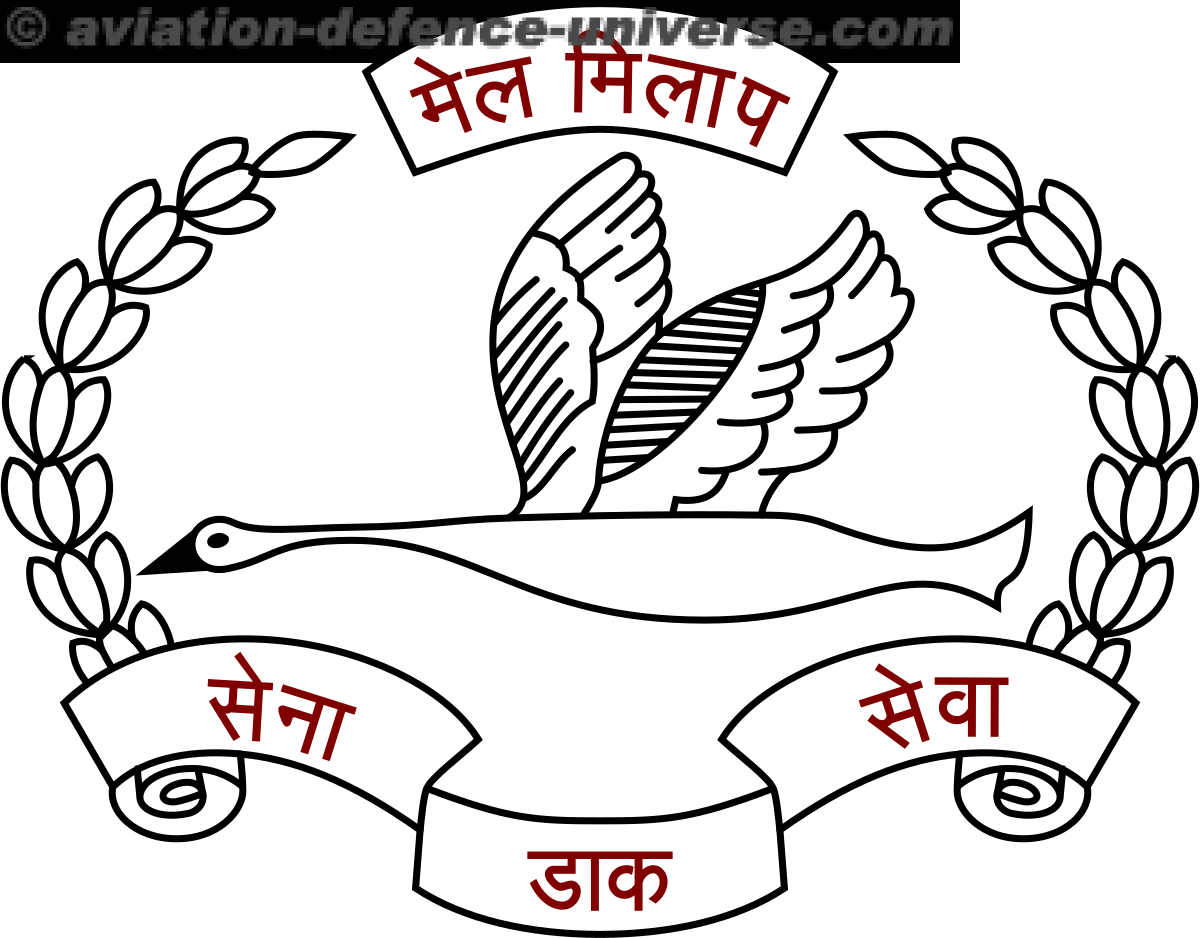By Col NB Saxena
New Delhi. September, 2015. If translated verbatim to English, Rashtriya Rifles which becomes National Rifles, an elite Indian force, a branch of the Indian Army under the authority of the Ministry of Defence, turned twenty five with élan, on 01 Oct 2015. The valour, sacrifice and never-say-die attitude of the force, makes it a counter insurgency force to combat infiltration from line of control and keep the active anti-India elements under control in Jammu & Kashmir.
Raised on 01 Oct 1990 by the then COAS Gen VN Sharma with Lt Gen PC Monkotia as the first Director General of Rashtriya Rifles, three of the six Rashtriya Rifles battalions initially raised were deployed in Punjab and three in J&K. Impetus was given by Gen BC Joshi under whom major expansion took place, including a Rashtriya Rifles sector being raised in the North East. Later, all Rashtriya Rifles battalions moved to J&K and since then, Rashtriya Rifles has been engaged in low intensity conflict in J&K only.
Rashtriya Rifles was raised with 100% personnel on deputation from the Indian Army, from all Arms and services, on an all India/ all class basis. Having neutralised a total of 16,368 terrorists, which includes 8,522 killed, 6,737 apprehended and 1,109 surrendered, the force has stories of valour and sacrifice which will become a part of its history.
After the government gave the go-ahead to set up the RR, the army decided to milk its existing units by 10–20% of their personnel to set it up quickly. The officers and men came on deputation from all branches of the army including the Infantry, Army Service Corps, EME, Artillery, Armoured Corps. The infantry provides 50%, services 10% and other arms 40% of the troops. Each regimental center was given the task of raising 1–2 battalions in one year time. During this period, the units were raised and sent to the Northern Command where they got another 4 to 6 weeks to consolidate. All of them went through a structured 8 week course in special CI schools. They were then given another month to stabilize and then sent to the more dormant sectors of Kashmir and to the Punjab.
Rashtriya Rifles is not only involved in defeating the menace of terrorism but is simultaneously assisting in grass root development and winning over the locals by carrying out Sadbhavana activities. Multifarious civic action programs, aimed towards improving the standard of living, social, education and cultural upliftment of the populace, providing vocational trg of youth, ensuring their general empowerment, contributing to education of women and a host of such people centric initiatives are in progress.
In the spring of 1999, the Pakistani Army intruded into the Kargil heights. To deal with the situation, the army had to withdraw its battalions from CI ops in J&K. The units de-inducted included the battle hardened 8 Mountain Division which has been involved in CI ops for quite some years and which moved to Kashmir from Nagaland. During this period, the RR held the fort with the help of other paramilitary forces. Apart from that, RR units actively contributed to operations in the Kargil heights where they fought shoulder-to-shoulder with jawans of the Sikh, Naga, Granadiers, JAK Rifles and the Para Regiments at heights of 16,000 feet and above.
Naik Mekh Bahadur Gurung of Garhi-Dakra, Dehra Dun was one of them. Naik Gurung lost his life on 22 May 1999, while part of the first recce patrol team that had gone to check on the intruders. Before being shot himself, Naik Mekh shot down at least one of the mercenaries. Lance Naik Balaji Baburao Male of the 5 RR was killed in action in the Kargil sector. L/Nk Male originally joined the 109 Engineer regiment before he was drafted into the RR. With more and more troops being called into action, Lance Naik Male’s battalion was also pressed into service in the Kargil sector to bolster the infantry units fighting the enemy from across the border. On Sunday, 4 July 1999, L/Nk Male’s unit was called out to conduct cordon & search operations in the same sector following reports of increased insurgent activity. L/Nk Male was detailed to defuse an improvised explosive device (IED) when fate struck. Something went wrong and the explosion took away another soldier, killed in the line of duty.
The 28 RR saw action in the Mushkoh Pandrass sector. Especially during the period after the Tiger Hill fell, when the Mushkoh sub-sector became the focus of attention. Lance Naik Sukhjeet Singh,was part of an Army column when he was seriously wounded in enemy shelling but did not leave his position and refused to be evacuated till his last breath. Rifleman Pradeep Kumar of the same unit laid down his life on 9 July 1999. The next day, the unit lost Rifleman Jagjit Singh to artillery shelling. After Kargil all the RR units involved reverted to the valley.
It needs to be pointed out that the RR units who held the fort in Jammu & Kashmir while the army fought it out in Kargil were the unsung heroes of the battle. Keeping the road and lines of communications open, fighting the terrorists, taking land mine blasts, that was their job. During this period, 26 RR units were deployed in the valley and three to guard the Banihal/Jawahar tunnel area. The sectors in the not so important areas – like Sector 9 in Kisthwar – were withdrawn and the focus was on the lines of communication and the valley.
Keeping this in mind, after the Kargil battle, the Government decided to immediately raise 12 more battalions of the RR and 20 more battalions of the Assam Rifles. Also sanctioned were the force headquarters Kilo and Romeo. The Kilo seems to be the current focus of attention with the maximum number of sectors and units under it. Apart from the direct increase in its own strength, the raising of the Assam Rifles battalions will allow the RR battalions deployed in the North-East to move to Kashmir.
Honours and awards won by Rashtriya Rifles Force include 06 Ashok Chakras, 34 Kirti Chakras, 221 Shaurya Chakras and 1508 Sena Medals.








